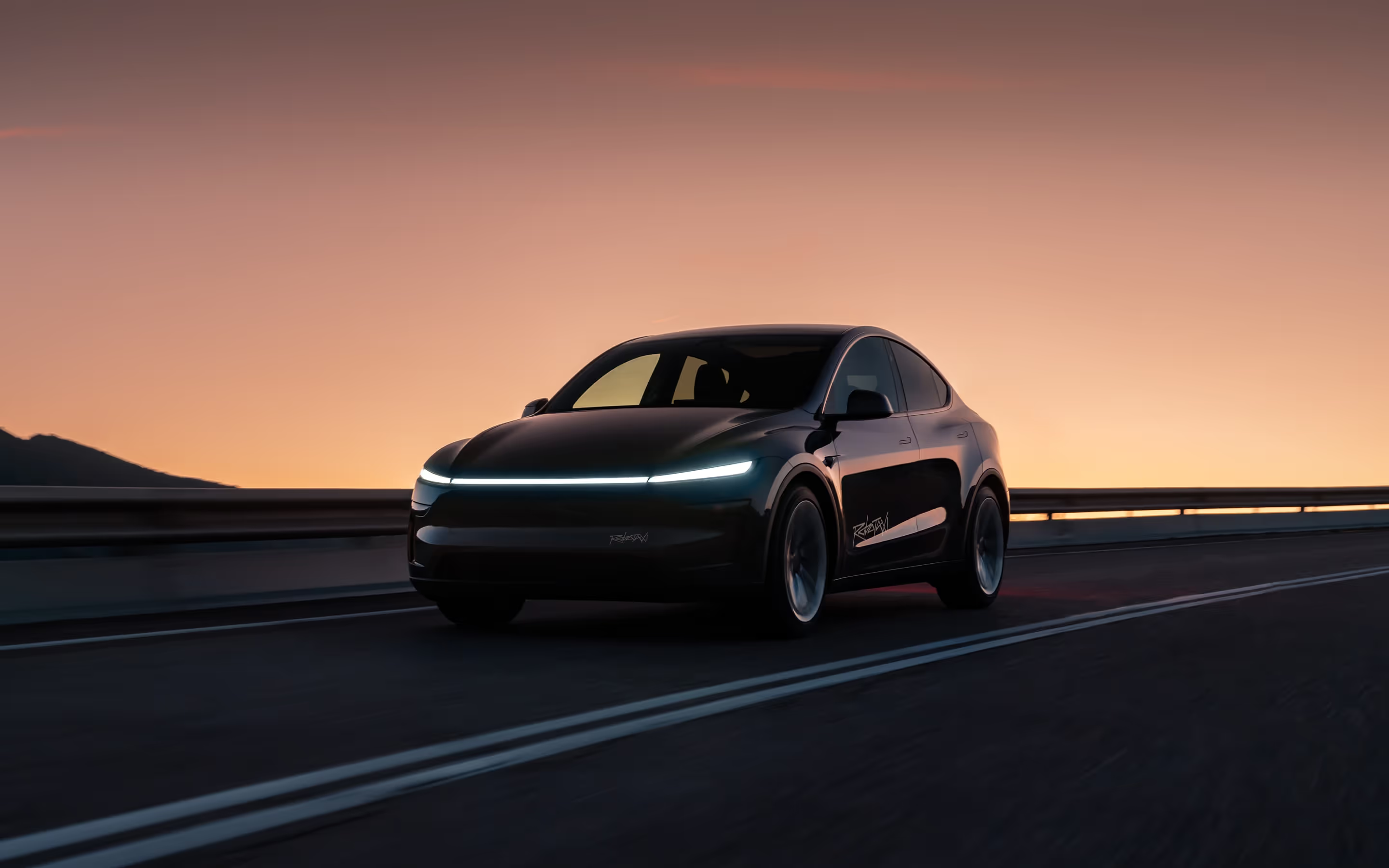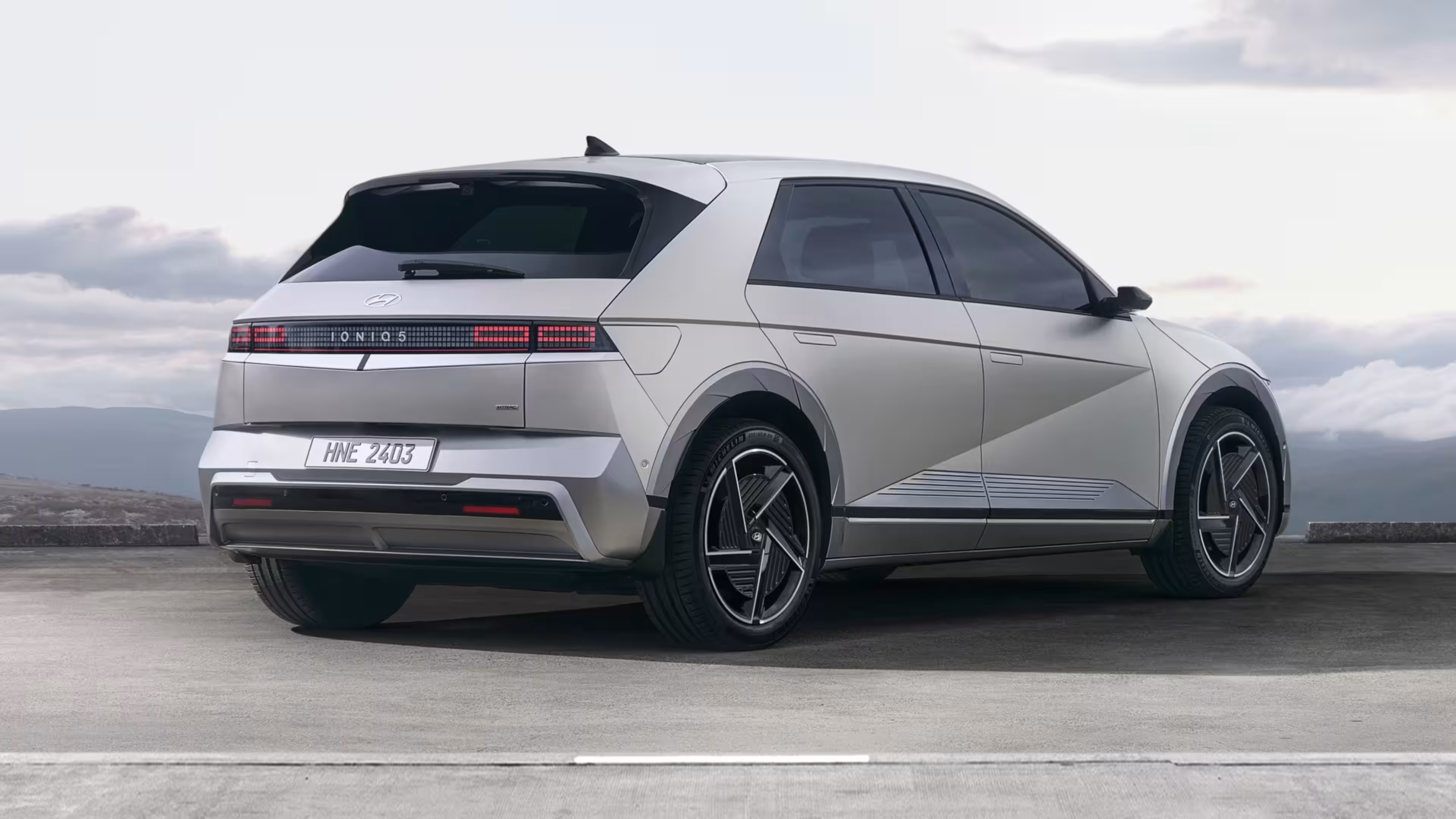One of the biggest threats to established automotive brands is declining brand loyalty. Consumers today have more options to choose from and feel less attached to any one brand than in the past. The average length of car ownership is declining as well, especially among younger buyers.
The rapid rise of EVs means consumers suddenly have an influx of new brands and models to select from. By 2026, over 200 EV models are expected to be on the market, providing more choices than ever before.
With this proliferation of options, younger generations in particular no longer feel the same level of inherent brand loyalty as in the past. This provides a chance for automotive brands to get creative in building loyalty and standing out.
One solution is to leverage subscription models. Subscriptions can help automakers forge ongoing relationships with customers even after the initial vehicle purchase. This article will explore how subscriptions can reinvent brand loyalty as the auto industry navigates the EV transition.
The Decline of Loyalty in the Auto Industry
The rise of EVs with many new options entering the market presents a loyalty challenge for automakers. It's estimated that by 2026 there will be over 200 EV models available, up from just 25 models in 2015. With so many choices, consumers are less inclined to stick with the same brand when purchasing their next vehicle.
Younger generations in particular display less brand loyalty according to research from S&P Global. Brand loyalty rates for Gen Z and Millennial car buyers were found to be 10-15% lower than older demographics. As these younger buyers make up a larger share of the car purchasing population, declining loyalty becomes a pressing issue.
Benefits of Using Subscriptions in Automotive
Automotive subscriptions provide a number of benefits for OEMs beyond just recurring revenue. Some key advantages include:
Guaranteed Recurring Revenue
Subscriptions represent an ongoing revenue stream that can be counted on month after month, rather than relying on one-time sales. This helps smooth out variability in sales and provides a steadier cash flow.
Ongoing Customer Relationships
With a subscription, automakers maintain an ongoing relationship with the customer versus just at the point of sale. This allows more opportunities to engage and provide better service.
Upsell Opportunities
Automakers can leverage the ongoing customer relationship to upsell and cross-sell additional products, services, and subscription add-ons. This increases revenue per customer.
Data Collection on Driving
Subscription services allow automakers to collect data on real-world driving habits to customize offerings and incentives. This data is hugely valuable for product planning.
Subscription Model Examples
Several automakers have launched subscription model pilot programs and are seeing promising results. These initial forays into subscriptions provide important case studies and lessons learned.
BMW's Access by BMW program, launched in 2018, offers subscribers access to a range of BMW vehicles with the ability to swap between models. BMW saw the subscription service attracting younger customers and found that subscription members were more likely to stick with the BMW brand for their next purchase or lease. Key lessons from BMW include focusing on flexibility and integrating the subscription model digitally.
Another example is Audi Select, which allows subscribers to change vehicles up to twice per month. Audi uses the program partly as a customer acquisition and retention strategy. By getting drivers into Audi vehicles through the subscription, they can showcase their vehicles and build brand loyalty. Audi has focused on convenience and test drives as core parts of their subscription program.
Early subscription programs reveal the potential for automakers when done right. They provide invaluable data on customer usage and preferences, while building ongoing brand relationships.
Keys to Success for Subscriptions
There are several key factors that determine the success of automotive subscription models:
Flexible Terms and Pricing
Subscription services need to provide customers options in terms of length of subscription and pricing tiers. Consumers want the flexibility to subscribe on a monthly basis or sign up for 6 months to a year. Allowing customers to pause or cancel subscriptions if needed is also important.
Offering different pricing tiers allows automakers to appeal to a broad range of budgets. Entry-level packages can focus just on the vehicle, while premium tiers bundle in other services.
Bundling Insurance and Maintenance
The convenience of having insurance, scheduled maintenance, and roadside assistance included in the subscription fee is highly valued by consumers. This can help reduce uncertainty and other hassles associated with car ownership. Bundling these services together makes the subscription package more attractive.
For example, Volvo's Care by Volvo subscription includes insurance, maintenance, wear items, roadside assistance, and more all for one monthly price.
Digital Integration
Seamlessly integrating the subscription program with digital channels and smartphone apps enhances the user experience. Customers should be able to quickly and easily manage their subscription, make changes, schedule service appointments, and more.
Digital integration also enables useful features like remote vehicle diagnostics and virtual concierge services.
Personalization through Data
The data generated from connected vehicles provides automakers with valuable insights into driving habits and usage patterns. This data can feed advanced analytics to enable more personalized and customized subscription offerings.
By understanding an individual customer's needs and preferences, automakers can tailor pricing, service options, vehicle recommendations, and incentives to help build loyalty.
Using Subscriptions to Stand Out in the EV Market
With the influx of new EV options coming to market, automakers have an opportunity to leverage subscription models to stand out through branding, ecosystem creation, and attracting overwhelmed consumers.
Subscriptions allow automakers to shape unique brand positioning and values. By carefully designing subscription tiers and bundled services, brands can better resonate with target demographics. For example, subscriptions with flexible terms can appeal to younger urban consumers valuing access over ownership. Bundles with insurance, charging networks, and maintenance build brand equity around simplicity and transparency. Brands like Volvo, Porsche, and Audi are already using subscriptions to redefine luxury and tech-forward positioning.
Secondly, subscriptions enable automakers to build ecosystems that extend beyond the point of vehicle purchase. By establishing direct, ongoing relationships through subscriptions, brands can continuously engage and monetize consumers through integrated apps, services, products, and communities. This provides tremendous opportunity to nurture loyalty and advocacy.
Lastly, subscriptions can attract consumers overwhelmed by the influx of new EV options. With hundreds of models entering the market, it becomes challenging for consumers to compare features, capabilities, and value propositions. Subscriptions can cut through the clutter by bundling everything into simple, transparent packages. By positioning subscriptions as the antidote to choice overload, automakers can capture consumer mindshare during this time of disruption.
In summary, subscriptions provide a powerful lever for brands to stand out in the crowded EV space through branding, ecosystem creation, and attracting overwhelmed consumers.
Future Outlook
As electric vehicles rapidly gain market share in the coming years, subscription models provide a timely opportunity for automotive brands to reinvent brand loyalty and strengthen their competitive positioning for the EV era. While early subscription experiments from OEMs have had mixed results, careful implementation of flexible subscription packages, bundled services, and digital integration can help attract and retain customers in an increasingly crowded EV marketplace.
With over 200 EV models expected by 2026, it is more important than ever for legacy automakers to start building subscription ecosystems now. Companies that can successfully customize driving experiences, provide a sense of community, and make their brand platform indispensable to subscribers will gain a significant edge. Investing in the future today through compelling subscription offerings can help traditional OEMs carry their brands forward into the age of electrification.
Within the next 5-10 years, subscriptions are predicted to become a mainstream model for accessing electric vehicles. As with entertainment and software, subscriptions that bundle desirable features, services, and experiences together under a trusted brand umbrella will thrive. Automotive brands that can make subscription plans flexible, personalized, and lifestyle-focused will be poised to reinvent brand loyalty and redefine the consumer-brand relationship in the EV transition.
Conclusion
In summary, as the auto industry undergoes a massive transition with the rise of electric vehicles, legacy automakers face threats but also opportunities. Brand loyalty is declining, especially among younger generations with more options to choose from. However, implementing subscription models can help reinvent brand loyalty and create an ongoing relationship and ecosystem around car ownership.
There are clear benefits to subscriptions including recurring revenue, better consumer data and insights, and the ability to upsell additional products and services. Early examples from BMW, Audi and others showcase the potential, although automakers need to focus on flexibility, personalization and creating a seamless digital experience. Ultimately, subscriptions allow brands to stand out from the crowd of new EV options and attract consumers overwhelmed by choice.
The automotive industry needs to act now, piloting and iterating on subscription programs to be ready for the coming wave of EV adoption. Companies that leverage subscriptions as a differentiator today will have a clear competitive advantage in the very near future. The opportunity exists to reinvent the customer experience and brand loyalty before consumer habits become further engrained in the era of electric vehicles.









